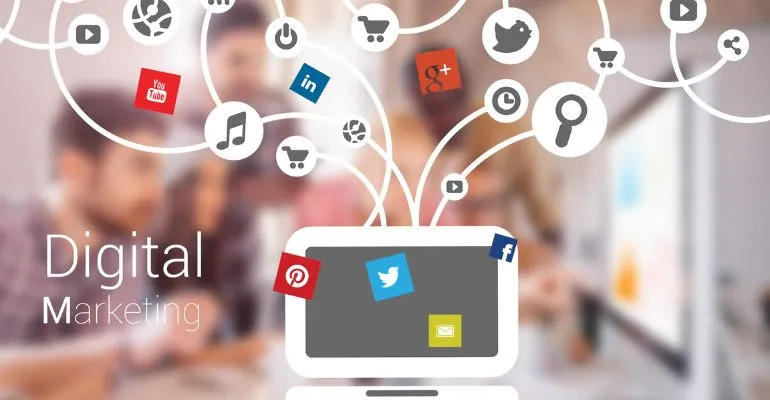Top 7 Digital Marketing Trends in the UAE You Can’t Ignore in 2025
SEO Keywords: digital marketing UAE, online marketing trends, UAE marketing strategies, personalized email funnels, AI-driven email sequences, and email engagement optimization
The UAE’s digital landscape is changing fast, and if you’re still stuck on 2023 strategies, 2025 will leave your brand behind.
Whether you’re a startup in Dubai or a growing enterprise in Abu Dhabi, keeping up with digital marketing trends in the UAE is no longer optional. From hyper-personalized email campaigns to AI-powered content strategies, the playing field has evolved—and the winners are already adapting.
Here’s your guide to the top 7 marketing trends you need to watch if you want your brand to stay visible, valuable, and competitive in 2025.
1. AI-Powered Personalization across All Channels
Forget generic. AI is making marketing feel like a conversation, not a campaign. Tools now analyze customer behavior in real time, delivering personalized email funnels that adjust based on how your audience interacts. Expect more brands to invest in AI-driven email sequences that feel human, not robotic.
Keyword tip: Use phrases like real-time email automation UAE or AI-based email targeting to improve search ability around cutting-edge email marketing strategies.
2. Local Content, Global Standards
Audiences in the UAE crave culturally relevant content—but with a global polish. From Arabic-English bilingual campaigns to locally flavored storytelling, brands are blending UAE marketing strategies with international finesse. This also applies to email marketing content: brands are now segmenting newsletters based on regional dialects, shopping habits, and even cultural touchpoints.
3. Interactive Email Experiences
Think emails are boring? Not anymore. Interactive elements like polls, quizzes, and dynamic product recommendations are breathing life into inboxes. Email engagement optimization is becoming a full-on strategy—aimed at keeping users clicking, exploring, and converting without ever leaving their inbox.
Pro tip: Optimize for mobile-first interactivity. In the UAE, over 78% of email opens come from mobile devices.
4. Voice Search Meets Visual Marketing
With the rise of voice assistants in the UAE, especially in smart homes, voice-search optimization is becoming crucial. While this trend is often tied to SEO, it also affects how email subject lines are crafted, since many are now being read out loud by AI devices.
5. Hyper-Segmentation in Email Marketing
Mass blasts are dead. Brands are using micro-segmentation to deliver tailored email experiences—based on purchase history, behavior, interests, and even preferred open times. This level of targeting is setting the standard for email marketing UAE best practices.
Search engine gold: Try using terms like hyper-segmented email marketing Dubai or smart email list management UAE.
6. First-Party Data Will Rule
As third-party cookies fade, brands are turning to first-party data strategies—and email marketing is at the heart of this shift. Growing your subscriber list with value-driven content (like gated PDFs or VIP offers) is key. You’re not just collecting emails—you’re collecting intent.
7. Sustainability as a Marketing Message
Green marketing isn’t a trend—it’s becoming a baseline. Brands in the UAE are now highlighting eco-friendly operations, packaging, and processes in their campaigns, including emails. Expect to see sustainability-focused email newsletters become the norm, especially in industries like fashion, tech, and real estate.
Final Thoughts: Adapt or Fall Behind
The digital space in the UAE is too dynamic for one-size-fits-all strategies. To thrive in 2025, your brand needs to be fast, human, and hyper-relevant. And your email marketing? It better be smarter than ever.
If you’re looking to implement these trends into your next campaign, or need help crafting data-driven email journeys that convert—E-Market UAE is your trusted digital partner. Let’s build something impactful.













